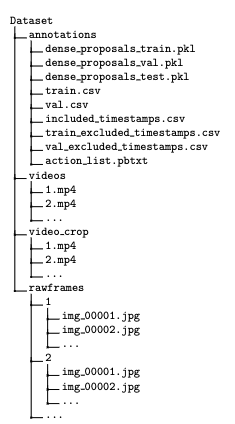控制器NavigationController常用于用来做层次化UI导航。类名为UINavigationController。
NavigationController可以通过属性包含多个ViewController、一个UINavigationBar、一个可选的UIToolbar。
以一个共三层的ViewController的案例,来展示NavigationController的使用:
代码如下:
import UIKit
@UIApplicationMain
class AppDelegate: UIResponder,UIApplicationDelegate {
var window: UIWindow?
var nav : Nav?
func application(_ application: UIApplication,didFinishLaunchingWithOptions launchOptions: [UIApplicationLaunchOptionsKey: Any]?) -> Bool {
self.window = UIWindow(frame: UIScreen.main.bounds)
nav = Nav()
self.window!.rootViewController = nav
self.window?.makeKeyAndVisible()
return true
}
}
class Nav: UINavigationController {
var count = 0
var label : UILabel!
override func viewDidLoad() {
super.viewDidLoad()
self.view.backgroundColor = .white
self.pushViewController(Level1(),animated: true)
}
}
class Level1: UIViewController {
var count = 0
var label : UILabel!
override func viewDidLoad() {
super.viewDidLoad()
self.title = "Level 1"
self.view.backgroundColor = .white
let button = UIButton(type: .system)
button.frame = CGRect(x: 120,y: 100,width: 100,height: 50)
button.setTitle("dive Into 2",for: .normal)
button.addTarget(self,action: #selector(Level1.buttonAction(_:)),for: .touchUpInside)
view.addSubview(button)
}
func buttonAction(_ sender:UIButton!){
let appDelegate = UIApplication.shared.delegate as! AppDelegate
appDelegate.nav?.pushViewController(Level2(),animated: true)
}
}
class Level2: UIViewController {
var count = 0
var label : UILabel!
override func viewDidLoad() {
super.viewDidLoad()
self.title = "Level 2"
self.view.backgroundColor = .white
let button = UIButton(type: .system)
button.frame = CGRect(x: 120,height: 50)
button.setTitle("dive Into 3",for: .normal)
button.addTarget(self,action: #selector(Level2.buttonAction(_:)),for: .touchUpInside)
view.addSubview(button)
}
func buttonAction(_ sender:UIButton!){
let appDelegate = UIApplication.shared.delegate as! AppDelegate
appDelegate.nav?.pushViewController(Level3(),animated: true)
}
}
class Level3: UIViewController {
var count = 0
var label : UILabel!
override func viewDidLoad() {
super.viewDidLoad()
self.title = "Level 3"
self.view.backgroundColor = .white
let button = UIButton(type: .system)
button.frame = CGRect(x: 120,height: 50)
button.setTitle("End",action: #selector(Level3.buttonAction(_:)),for: .touchUpInside)
view.addSubview(button)
}
func buttonAction(_ sender:UIButton!){
}
}
解释下:






